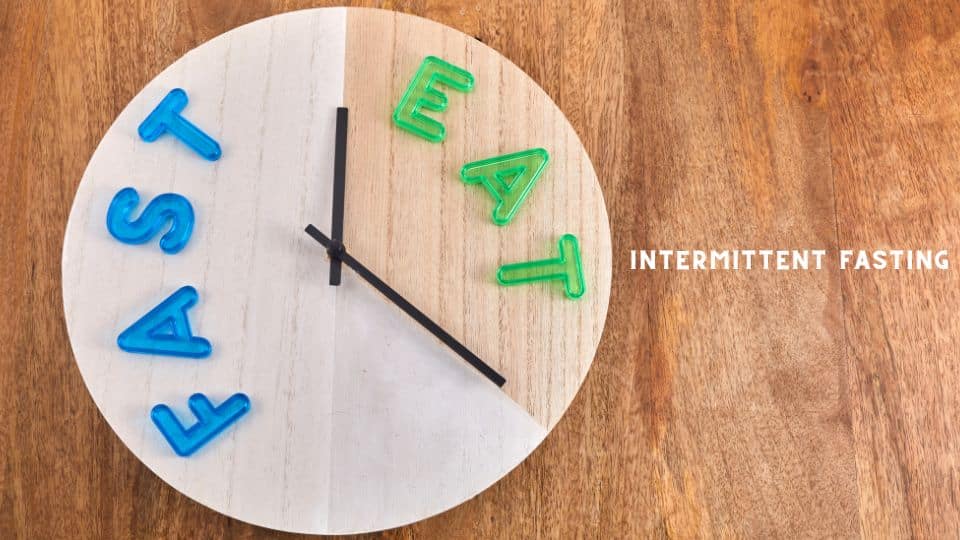Physical Activity Timing and its impact on type 2 diabetes! Welcome! Today, we’ve got some exciting news from the world of health and fitness. We’re diving into a recent study conducted in the UK, and it’s all about physical activity and its effect on type 2 diabetes. So, grab your notepads because we’re about to break it down for you.
This study, published in the prestigious journal Diabetologia, which is the journal of the European Association for the Study of Diabetes, aimed to uncover the connection between our daily physical activity timing and the risk of developing type 2 diabetes. Now, let’s get into the nitty-gritty.
First, let’s talk about how they did it. The researchers gathered a whopping 93,095 participants from the UK Biobank, all around the age of 62, and none of them had a history of type 2 diabetes. They equipped them with wrist-worn accelerometers for a week, which measured their physical activity. But wait, what’s this “MET” thing we’re talking about? MET stands for the metabolic equivalent of task, which is a fancy way of saying how much energy your body burns during different activities.
The researchers looked at physical activity in three chunks of the day: morning, afternoon, and evening. They also wanted to see how consistent people were in their daily physical activities, and they measured this by calculating the standard deviation of daily total physical activity.
Now, let’s get to the juicy part – the results! When it comes to MET, they found some interesting things. Morning and afternoon physical activity showed a protective effect against type 2 diabetes, with a 10% reduction in risk for morning activity and a 9% reduction for the afternoon. But, surprisingly, evening activity didn’t seem to have the same effect.
But hold on, there’s more to the story. The researchers noticed something crucial. When they considered factors like sleep time and diet, those protective effects in the afternoon started to fade a bit. So, lifestyle factors can play a role here.
Now, let’s talk about consistency. Turns out, how consistent you are in your physical activity didn’t seem to impact diabetes risk significantly.
You can also view this article: Conquer Type 2 Diabetes: How Cutting Breakfast Carbs Transforms Your Health!
But here’s a big win for all you fitness enthusiasts out there – both moderate-to-vigorous physical activity (MVPA) and vigorous physical activity (VPA) were associated with a lower risk of type 2 diabetes, no matter when you did them during the day.
So, what can we take away from all this science jargon? Well, it seems that getting your body moving in the morning and afternoon can be especially beneficial in reducing your risk of type 2 diabetes. But remember, it’s not just about when you move, but how you balance it with other aspects of your lifestyle, like sleep and diet.
Consistency, though important for other health benefits, didn’t show a direct link to type 2 diabetes risk in this study. And here’s a gold star for vigorous physical activity – it’s a winner, no matter what time of day you choose to break a sweat.
In a nutshell, this research provides valuable insights into how our daily activities impact our health, specifically when it comes to type 2 diabetes. So, if you’ve been thinking about starting that morning jog or hitting the gym in the afternoon, this study gives you one more reason to go for it!
And there you have it, folks, the latest scoop on type 2 diabetes and physical activity from the UK Biobank study, published in Diabetologia.
Glossary:
- Type 2 Diabetes: A chronic condition characterized by high blood sugar levels, often linked to lifestyle factors and insulin resistance.
- UK Biobank: A research initiative in the United Kingdom that collects and analyzes health and genetic data from a large number of participants.
- Diabetologia: A prestigious journal published by the European Association for the Study of Diabetes, focused on diabetes research.
- MET (Metabolic Equivalent of Task): A measure of how much energy the body burns during various physical activities.
- Standard Deviation: A measure of how spread out or variable data is from the mean (average).
- Moderate-to-Vigorous Physical Activity (MVPA): Physical activities that are intense enough to get the heart rate up and make a person breathe harder.
- Vigorous Physical Activity (VPA): Intense physical activities that require significant effort and cause heavy breathing.
- Lifestyle Factors: Elements of an individual’s daily life, including diet, sleep, exercise, and other habits, that can impact health.
- Consistency in Physical Activity: The regularity or frequency with which physical activity is performed.
Journal Reference:
Tian, C., Bürki, C., Westerman, K.E. et al. Association between timing and consistency of physical activity and type 2 diabetes: a cohort study on participants of the UK Biobank. Diabetologia (2023). https://doi.org/10.1007/s00125-023-06001-7



 By
By










